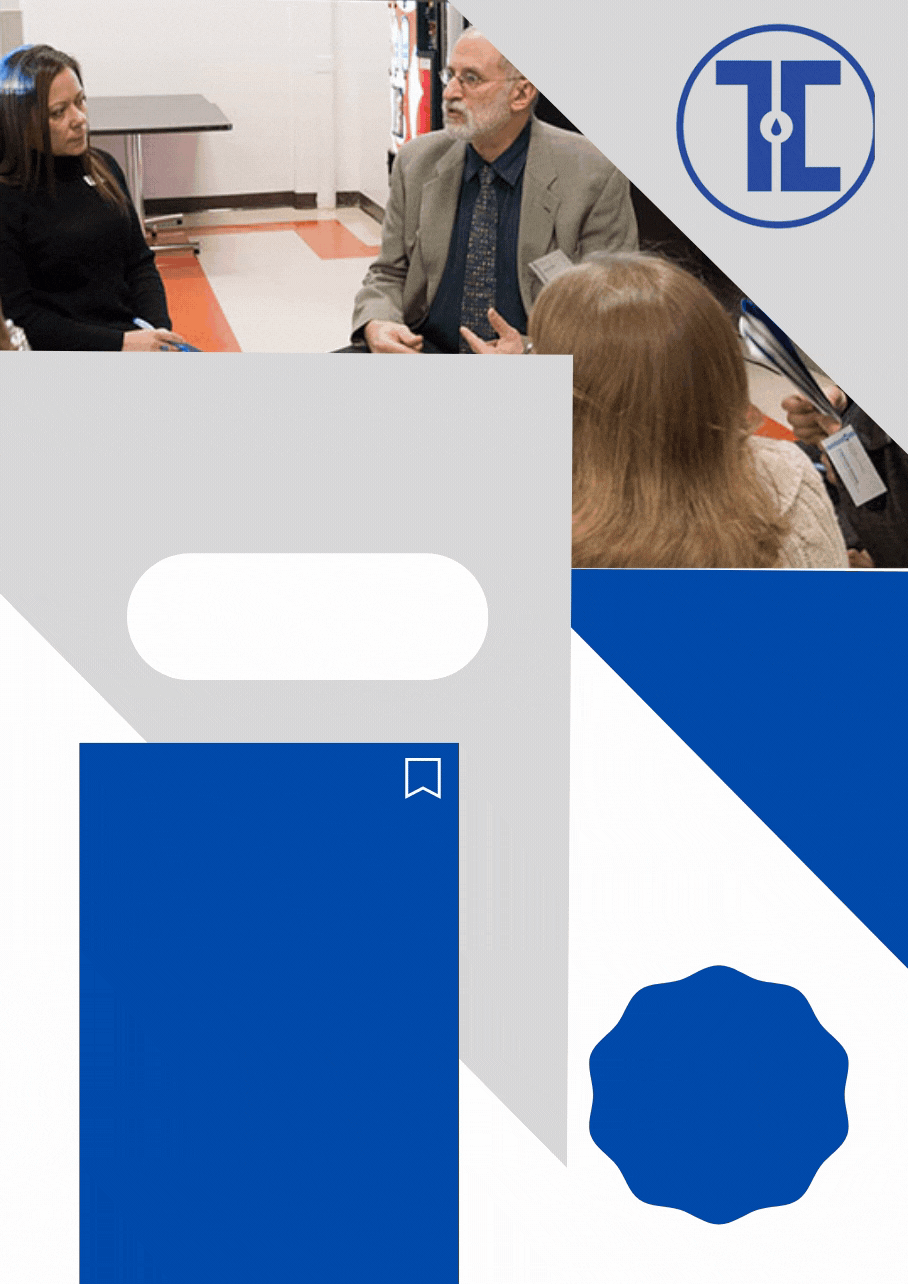
Remote Learning is Here to Stay
GST Professor Mark Gura Embraces Technology to Offer “Next Level” Education
Graduate School of Technology (GST) Professor Mark Gura spent years teaching techonology to students in a traditional classroom setting. Post pandemic, he believes online learning is a solution that will last the ages. Here he shares his insight and wisdom for educators.
As we’re all well too aware, the COVID pandemic changed many facets of life over the past two years. Higher education was no exception. The National Center for Education Statistics found that in Fall 2020, roughly two-thirds of post-secondary students enrolled in colleges and universities were educated at least in part, if not entirely, virtually. That was a third more than the previous year. In a recent Cengage Digital Learning Pulse Survey, 73 percent of students said even post-pandemic, they would prefer to take some of their courses online. This is an astounding shift in what students want and the flexibility and willingness of universities to accommodate them.
I fear that as the pandemic emergency fades, many students and instructors will draw a fatally flawed conclusion from their experience. They will frame the value and validity of learning and teaching through technology as an emergency measure — some lesser version of the traditional model. But there are many advantages to online learning. Among the huge pluses are convenience, lower costs, more flexibility and little or no commuting to and from campus. In other words, many more people can acquire more education with far less disruption.
The shift to online courses was already well underway before COVID. In fact, by 2011, online enrollment rates had grown by 10 percent, far exceeding the two percent growth in the overall student population. Simply stated, if properly understood and implemented, technology can provide a rich learning experience.
For a number of years in my own career, I taught in traditional classrooms in several schools, including Fordham University. Later, I began teaching graduate courses online for the Touro Graduate School of Education. Almost immediately, I saw all I could offer my students. Rather than assigning a short list of print texts to support the class in this format, I curated bodies of digital content that my students accessed on the web. This afforded them far more varied source material and above all, the most recent information and perspective. Further, in addition to readings from a broad range of journals and other valuable sources of text materials, l was able to make use of videos like TED talks and conference keynotes.
To analyze and reflect on these materials, my class used Touro’s Learning Management System discussion boards, which afforded my students a variety of interactions that mirror in-person classes — teacher to whole class, teacher to individual student, student to student and more. My online classes were purely asynchronous. Students joined the course when their schedules permitted, but the technology gave them a worthwhile approximation of being a member in a real class
Enter Zoom and similar platforms for online conferencing. My students and I now meet in real time, following a set schedule, and speak to one another as we would if we were sitting side by side. Together, we can share inspiring learning experiences, such as watching and commenting on video content from thought leaders around the world.
My current students enjoy a blend of asynchronous (pre-Zoom era) and synchronous experiences in my online classes. Our mutual learning needs dictate which functions we select from this broad range of capabilities and how we make use of them. This is truly “next level” education.
I believe schools must recognize and commit to the extraordinary possibilities technology offers to expand opportunities and provide the very best learning experiences.













